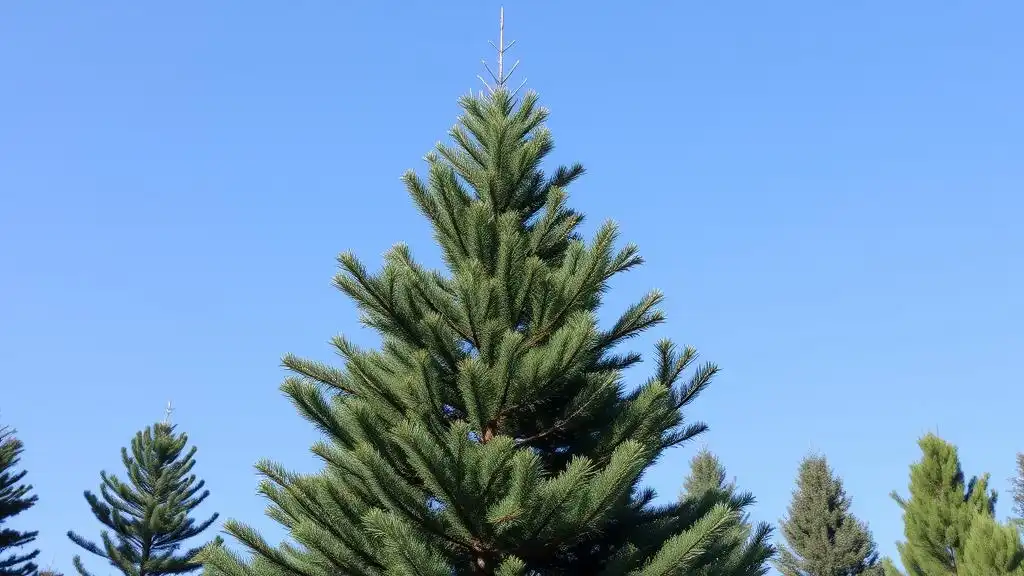
10.13.24
Plant Science
Botany Basics: How Plants Produce Oxygen and Help Us Breathe
The philosophical questions of why we, humans, exist and how life originated are timeless and inexplicable yet. Nevertheless, what is known for sure is that all living creatures found on Earth are integral components of a great, complex machine that functions optimally only when there is a balance among its inhabitants.
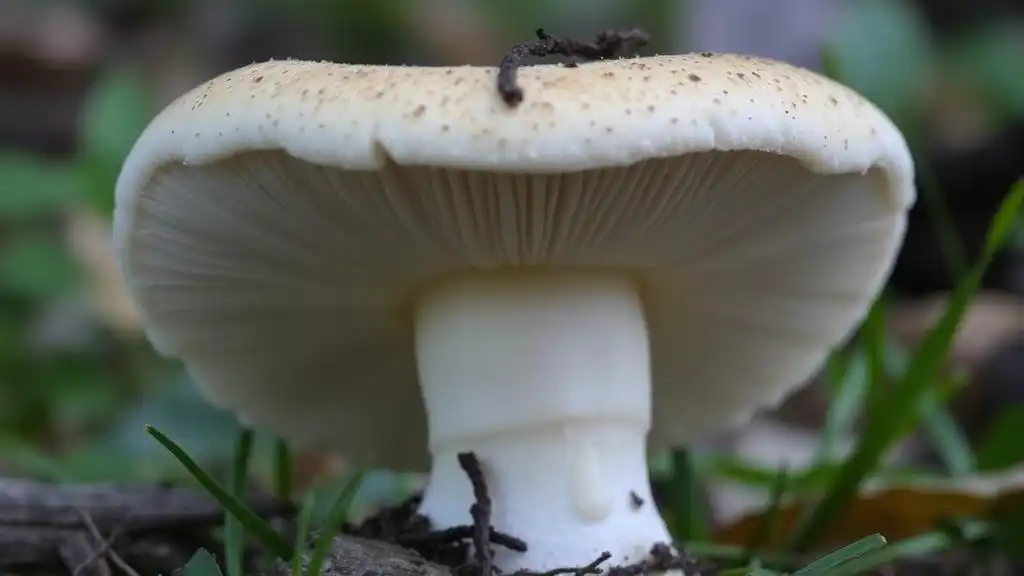
10.13.24
Plant Science
Beneath Mushroom Caps — Gills, Pore Structures, and More
Mushroom hunting is surely an amusing experience, yet understanding its basics is essential for you not to fall into the trap of hazardous lookalikes. Among a wide range of features to be looked for, one should pay special attention to the spore-producing tissue usually located under the cap. Its name is hymenium.
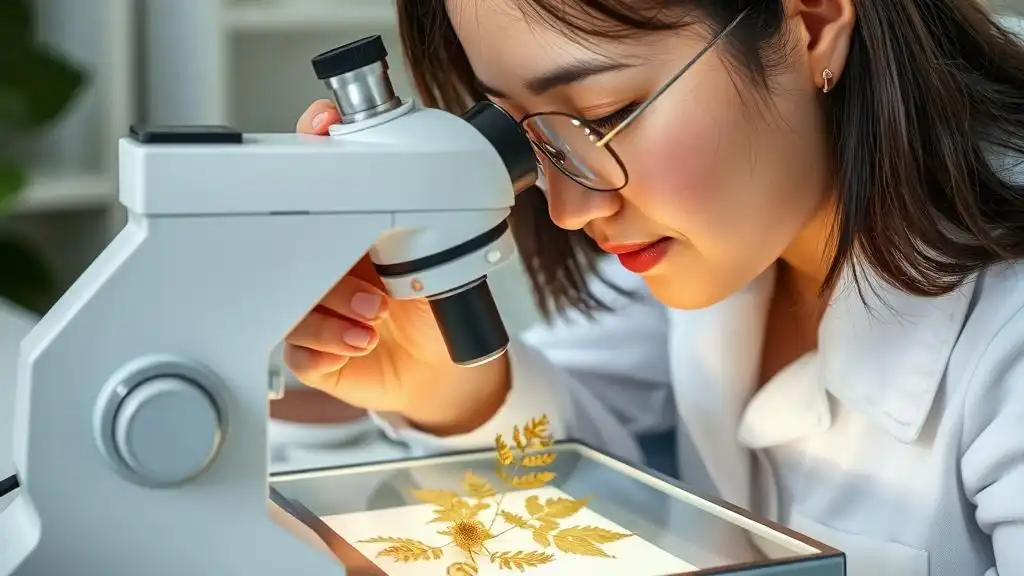
10.13.24
Plant Science
What is Mitochondrion and Why is It Vital? Quick Overview
Any living creature is a complex organization with various “containers” that enable growth and development as a whole. For plants (and animals, too, yet that is not the point today), there is one tiny part of the cell responsible for energy release and metabolic efficiency called mitochondrion.

10.13.24
Plant Science
When Cure and Blight: A Quick Look at Phytotoxicity
Like most living beings, plants may get sick, which is always upsetting and disturbing for gardeners of all sorts and skills. In all settings, taking care of environmental health is a huge responsibility that covers more aspects of agricultural endeavors than one could even imagine. Sometimes, beginners, whose professional path is only yet to start, might instantly jump at drastic measures, i.e., chemical control in particular.

10.13.24
Plant Science
What Is NDVI in Agriculture? Clarification on Terms
For professionals, whom we should definitely look up to, evaluating the health of a garden is mandatory. There exist various methodologies that make this experience as accurate and efficient as possible. One might have heard about NDVI, i.e., Normalized Difference Vegetation Index, but what does it actually mean? What is NDVI used for?
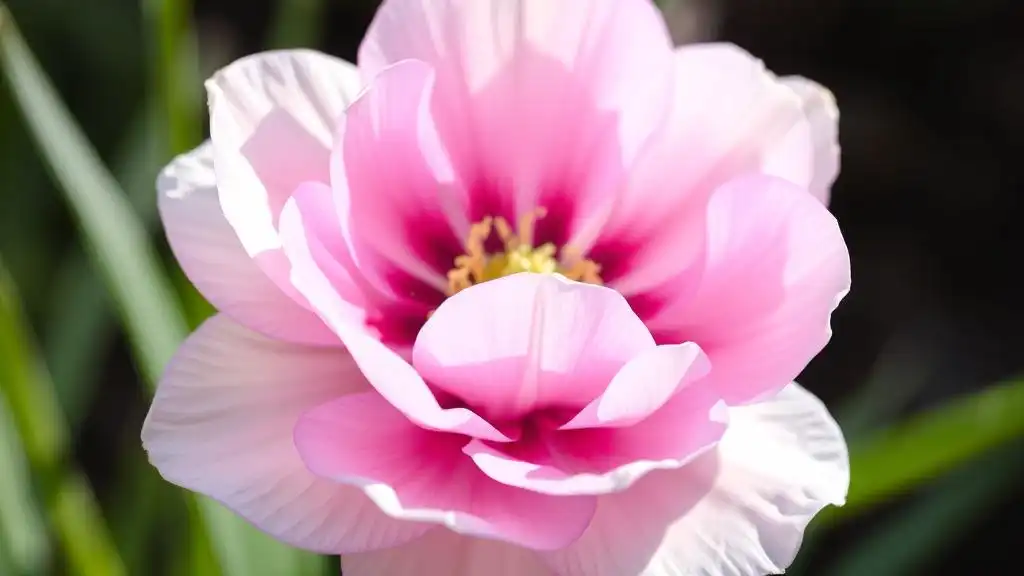
10.13.24
Plant Science
Regulations of Soil: How Does pH Level Affect Plant Growth
Soil is where plant growth begins, sustaining floral creations throughout their lifecycles and promoting proper development, too. While soil quality might eventually be overlooked in the agricultural processes, some of its aspects like pH level play a significant role anyway. But how?
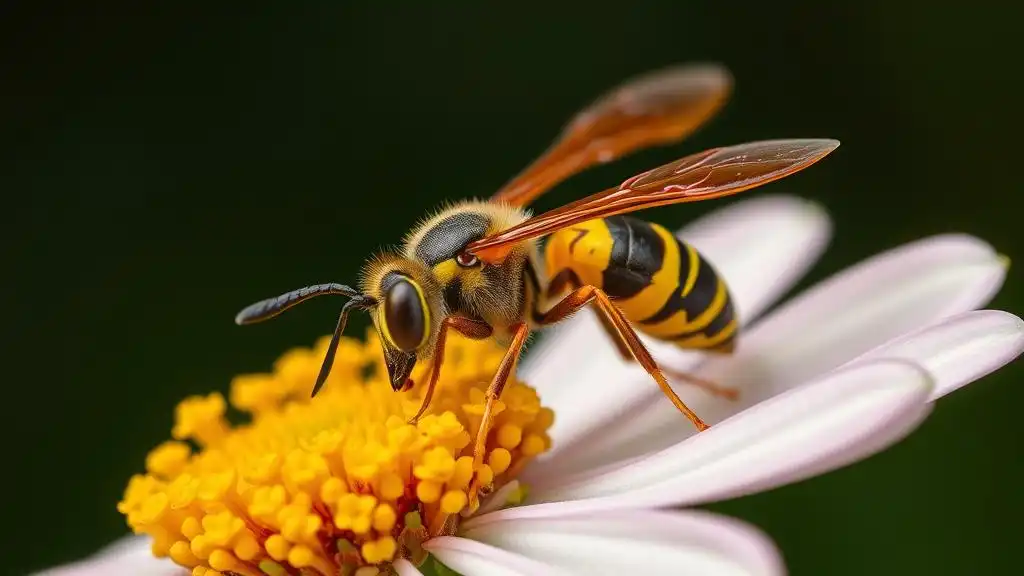
10.13.24
Plant Science
The Role of Wasps: Pests or Ecological Allies?
Gardening is not solely about cultivating plants but taking care of the whole ecosystem that incorporates floral creations and fauna as well. Common insects like wasps create a situation of uncertainty. While some gardeners believe that these are the true pests that can harm plants, humans, and animals alike, others tend to see wasps as beneficial supporters and effective contributors.
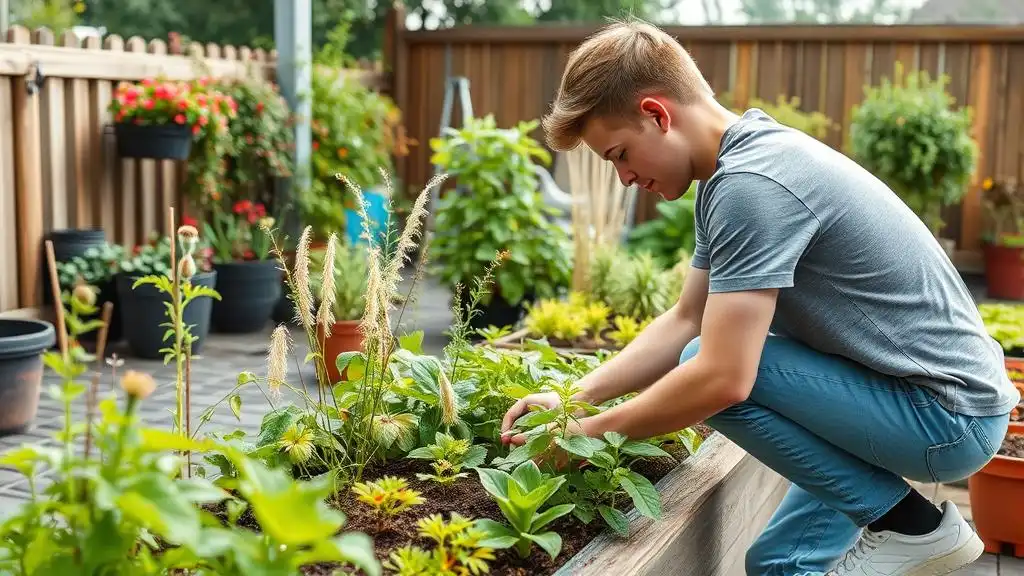
10.11.24
Plant Science
Sugar Boost: The Surprising Effect of Sugar Water on Plants
In the abundance of hacks, the use of sugar as a nutritional support is on the list of the most promoted ones. Although many gardeners claim that dissolved sugar can facilitate growth and boost the greenery life, the efficiency of this method remains controversial. Do plants like sugar water in reality, or is it a persistent myth?

10.11.24
Plant Science
Botany for Novices: What Are Gymnosperms & What Do They Hide
Flora never ceases to amaze, for it incorporates instances of all forms, sizes, and colors, which one may not even know about. Though facing plants on every part of our paths, their names and unique traits may remain unnoticed and undiscovered. One of the major plant groups in the world is gymnosperms. But how can we decipher them?
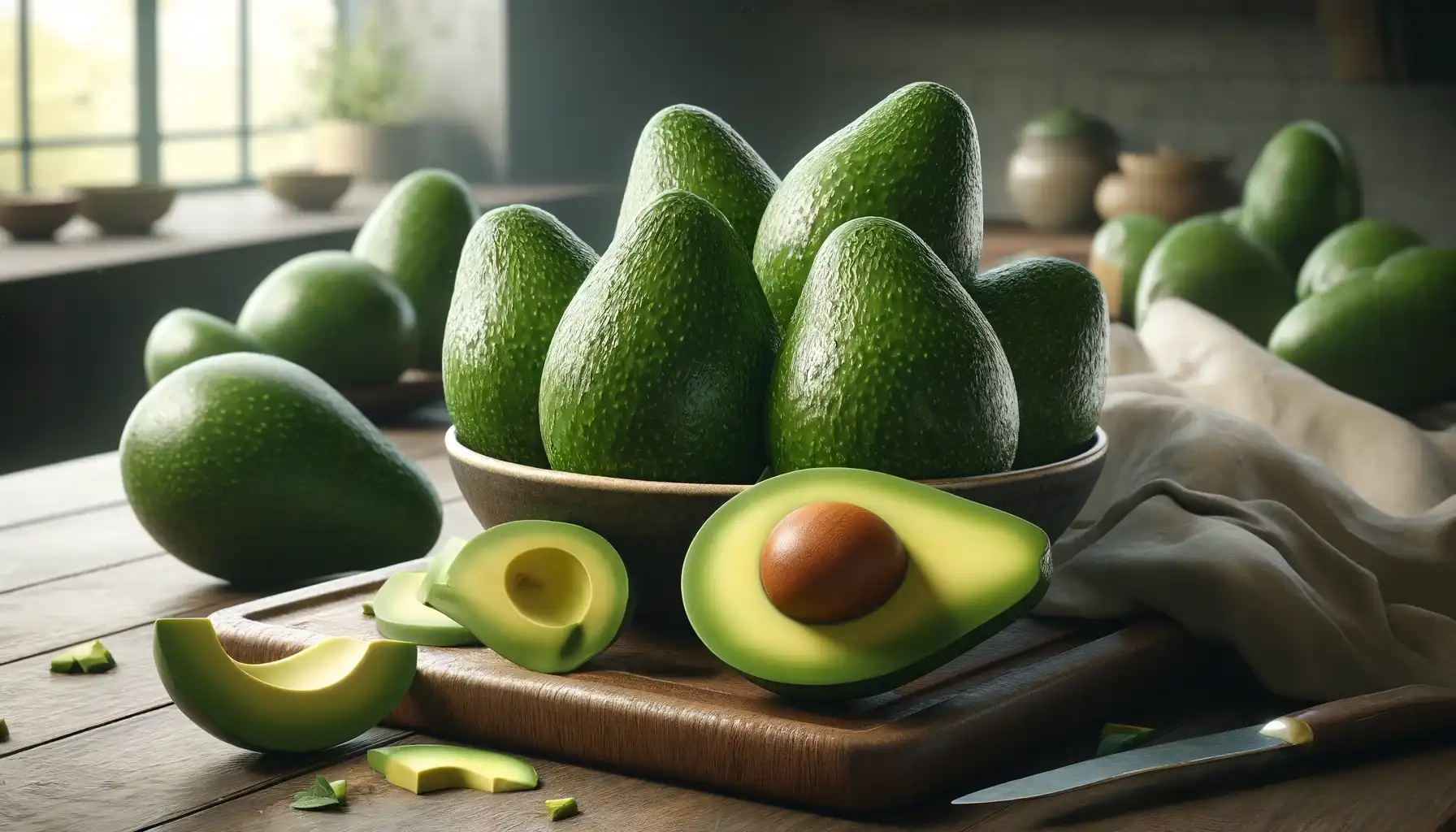
06.07.24
Plant Science
Myth or Fact: Do Any Vegetables Actually Grow on Trees?
In the realm of gardening, there are dozens of various false conceptions and beliefs that may mislead and misguide, leaving people ignorant of the real floral processes and mechanisms. One common question that arises is whether there are vegetables that grow on trees, and if so, what types of vegetables can be found in this unusual environment. So, where is the truth?
Loading...